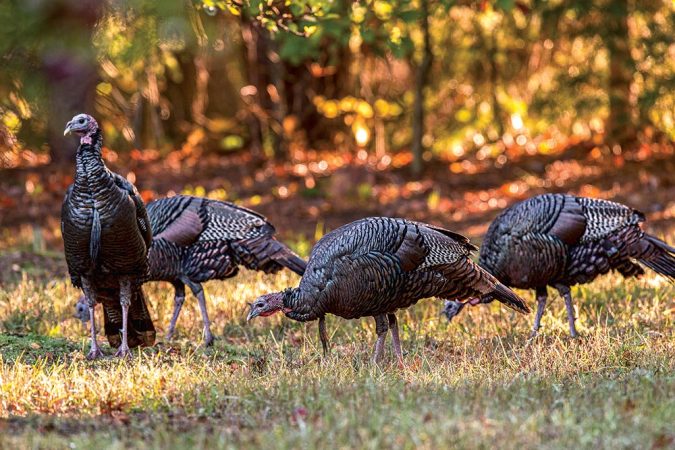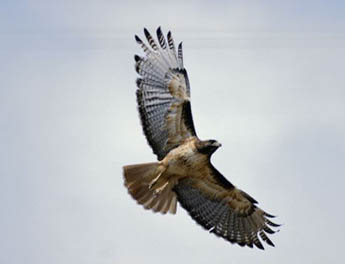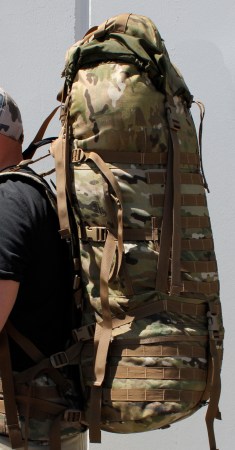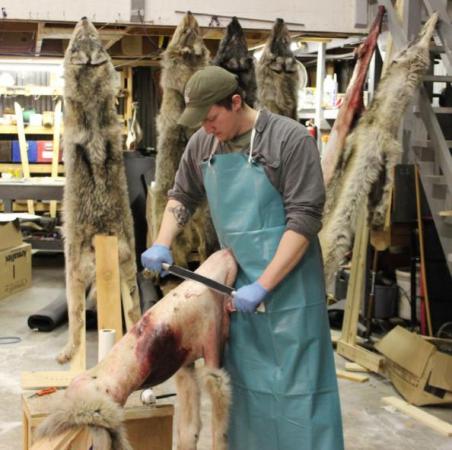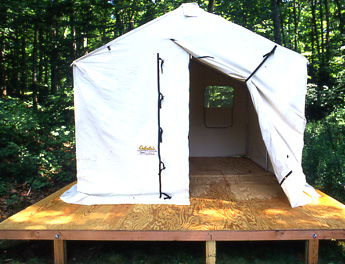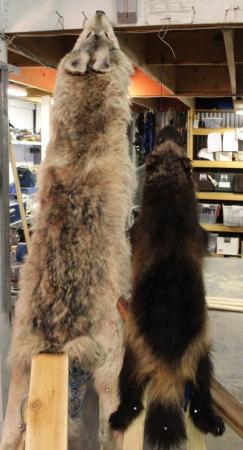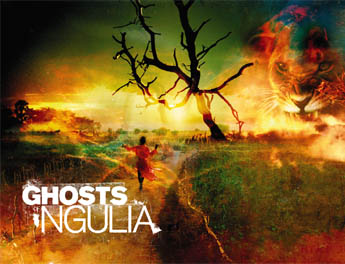Amassive avianpopulation shift is taking place across this country, and I don’t mean”snow birds” from the Northern states moving to sunny Florida orArizona. Growing numbers of Canada geese have taken up permanent residence intowns both large and small, eschewing their ancestral journeys north eachspring. This phenomenon has changed the face of goose hunting.
SCOUT ‘EM OUT
Scouting residentgeese is as easy as getting in your vehicle and following them each morning asthey leave town. Unlike seasonal geese, residents don’t change their patternmuch from day to day, though they will draw migratory birds to their flocks,constantly adding to their numbers.
After first lightthey take off, heading for feeding areas two or three miles beyond city limits.It’s easy enough to follow them with binoculars; I do it from the back deck ofmy home. Geese will feed until mid-morning before heading for water. There,they’ll drink and spend much of the day resting until their evening flight backto town.
FIELD AMBUSH
One of the bestparts of hunting local birds is that huge decoy spreads aren’t necessary; threedozen decoys will do the job quite nicely. Setting dekes in different poseswill enhance your presentation: I use one sentry or “watch” bird forevery 8 or 10 feeders. Don’t face all your decoys in one direction; live birdswould be milling about in different positions, and your dekes should be,too.
Some decoys have”motion stake” supports that allow the shells to move and turn in thebreeze, providing lifelike movement. Consider adding flagging to your bag oftricks, or even a Canada goose “flyer” decoy, set on a stake withturning wings powered by a 6-volt battery.
WET AND WILD
Water sets can bejust as deadly as field sets, and provide a second gunning opportunity later inthe day. Seek out lakes and reservoirs in city and town water systems thatallow hunting, and streams and rivers that run through public land.
Float two dozendekes off sand bars, backwater eddies or pools, out of direct current and stiffwinds. Stake the third dozen at the waterline. The open area between floatersand standers creates a natural landing strip for incoming birds. Set up in thebankside brush or bring along a layout blind.
HAVE BLIND, WILLTRAVEL
Natural coversuch as brush, timber or reeds along waterways work well, but layout fieldblinds are necessary when there is no standing cover. These large,polyester-lined bags have light aluminum frames that provide shape and supportand are camouflaged to blend with the surrounding area. They set up quickly andweigh between 10 and 20 pounds. Most layout blinds have a see-through camo faceflap that lets you watch approaching birds swing in without alarming them.
SPEAK THEIRLANGUAGE
Calling geesethat already know where they’re going is far easier than trying to talk a flockof migrators out of the stratosphere. But no two geese call exactly alike, andneither do any two callers or their calls. In other words, there’s no perfectway to call them in. It’s best to give back to the birds what you hear comingfrom them. Use a louder, more urgent call when they’re at a distance, then toneit down and decrease tempo as they come in. Pick a call that’s easy to blow yetoffers several tone breaks, such as the Eastern Shore Express, the Big RiverFinal Flight, the Knight & Hale Call Kit or the Canada Hammer IIPerformance. Some calls come with a video or CD to help you sharpen yourabilities.
STAY LEGAL
Because thisspecialized type of hunting can take place near freeways and housingdevelopments, knowing the laws is extremely important. I’ve found the generalrule to be that no shooting of any kind can be conducted within 150 yards ofany dwelling and certainly not over any public road. (In some cases you mightbe able to set up decoys and hunt within 150 yards of a public road as long asyou shoot in the opposite direction.) These regulations vary from state tostate and town to town, so check with your local conservation officer beforeyou head out.
Guns and Loads
New high-density shells are the perfect medicine
Canada geese are big birds, so hunt them with big gunsand loads. That means fully choked 12-gauge shotguns and 3- or 3½-inch shells.Whether you chose an over/under, semi-automatic or pump makes no difference, aslong as you shoot it well.
Federal’s 12-gauge Premium Ultra-Shok High Densitywaterfowl loads come in 3-inch shells (1 1/8 ounces of BBs or 1 3/8 ounces of2, 4 or BBs) and 3½ inchers (1 5/8 ounces of 2, 4 or BBs). Winchester’s newSupreme Elite Xtended Range Hi-Density 3-inch 12- gauge loads pack 1 3/8 ouncesof 2, 4 or B shot. The 3½-inch loads hold 1 5/8 ounces of 2, 4 or B. Remingtonoffers 10 different Wingmaster HD 3-inch shells (from 1¼ ounces of No. 6 shotup to 1¾ ounces of BBs) and two 3½ inchers: 1¾ ounces of 2s or 4s.

